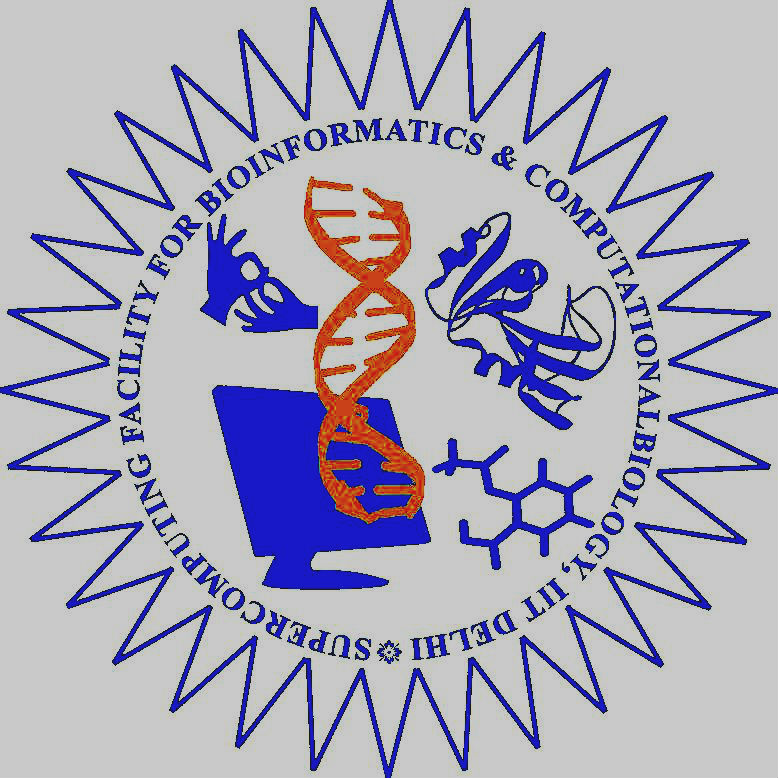Procheck checks the stereochemical quality of a protein structure, producing a number of PostScript plots analysing its overall and residue-by-residue geometry. It includes PROCHECK-NMR for checking the quality of structures solved by NMR.
|
ProSA provides an easy-to-use interface to the program ProSA (Sippl 1993) which is frequently employed in protein structure validation as recognition of errors in experimental and theoretical models of protein structures is a major problem in structural biology.
|
ERRAT is a protein structure verification algorithm that is especially well-suited for evaluating the progress of crystallographic model building and refinement. The program works by analyzing the statistics of non-bonded interactions between different atom types.
|
Verify3D analyzes the compatibility of an atomic model (3D) with its own amino acid sequence (1D). Each residue is assigned a structural class based on its location and environment (alpha, beta, loop, polar, nonpolar, etc).
|
dDFire is an all-atom statistical potential based on a distance-scaled finite ideal-gas reference state. DFIRE is used to assess non-bonded atomic interactions in the protein model.
|
Naccess is a protein structure verification algorithm that is especially well-suited for evaluating the progress of crystallographic model building and refinement. The program works by analyzing the statistics of non-bonded interactions between different atom types.
|
MolProbity is a general-purpose web service offering quality validation for three-dimensional (3D) structures of proteins, nucleic acids and complexes. It provides detailed all-atom contact analysis of any steric problems within the molecules and can calculate and display the H-bond and van der Waals contacts in the interfaces between components.
|
D2NReliability of modeled protein structures has emerged as one of the biggest concerns in protein structure prediction (PSP) research. D2N is a distance metric created out of four physico-chemical parameters for predicting RMSD of a modeled protein structure in the absence of a knowledge of its native form. Currently, D2N also calculates TM and GDT scores to assess the quality of the modeled input structure. .
|
|
